When you look up at the starry canvas above, something remarkable unfolds. Those ancient patterns traced by our ancestors aren’t just random collections of twinkling lights. They represent a deeper connection between our place on Earth and the cosmic dance happening around us. Among all the constellations scattered across the celestial sphere, the zodiac signs hold a special position, literally following the path our Sun traces throughout the year.
From our perspective on Earth, the Sun traces a great circle against the background of the stars (the ecliptic), passing through the 13 zodiac constellations throughout the year. This celestial highway makes these particular star patterns uniquely visible and meaningful to anyone watching the night sky. Yet some zodiac constellations shine brighter and appear more prominent than others, creating unforgettable spectacles that have captivated humanity for millennia.
The Brightest Zodiac Constellation: Taurus the Bull
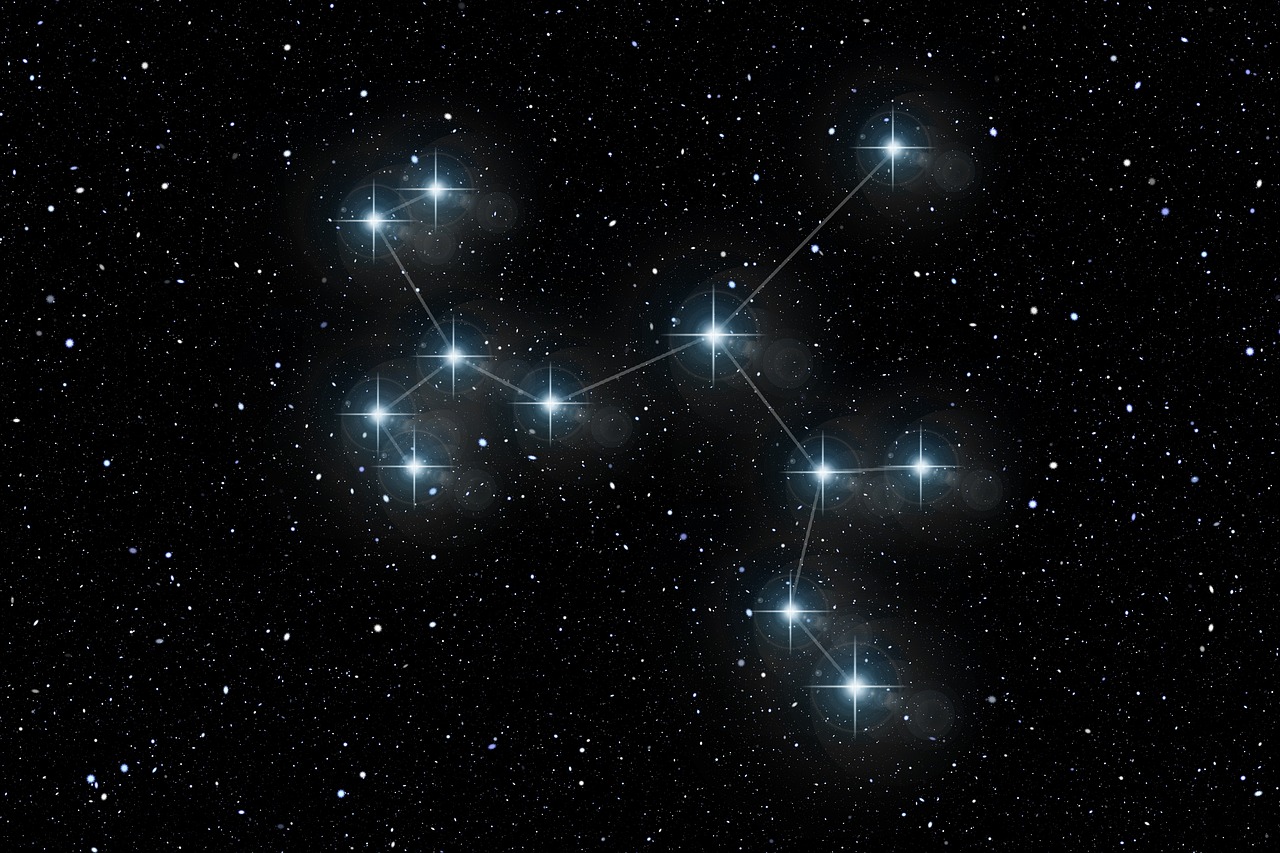
As the 14th brightest star in the entire night sky, Aldebaran is easy to find. This magnificent orange giant serves as the fiery eye of Taurus the Bull, making this constellation perhaps the most connected to our night sky experience. The Aldebaran star is the brightest of all the zodiac constellations. What makes Taurus particularly special is its rich collection of stellar treasures beyond just its main star.
The constellation contains the famous Pleiades star cluster, often called the Seven Sisters, which appears like a tiny dipper to the naked eye. The bull-shaped Taurus is comprised of what appears to be a two-pronged fork of stars, with the central “v” and the head of the bull made of the Hyades star cluster. This V-shaped pattern, representing the bull’s face, is one of the most recognizable asterisms in the entire sky, making Taurus incredibly easy to identify even for beginning stargazers.
Leo: The Majestic Lion of Spring Skies

Leo is one of the oldest recorded constellations. In Greek mythology, it represents the lion killed by Hercules, with the Sickle star pattern often depicted as the lion’s mane. The constellation features Regulus, one of the four “royal stars” of ancient Persia, shining as a brilliant blue-white beacon at the lion’s heart. This star holds the distinction of being the closest bright star to the ecliptic, making it frequently visited by planets and occasionally occulted by the Moon.
What makes Leo truly spectacular is its prominent asterism called the Sickle, which forms the lion’s distinctive mane and head. Leo is packed with galaxies bright enough to be viewed with binoculars, the best known being the Leo Triplet comprised of M65, M66 and NGC 3628. These galaxies offer amateur astronomers a glimpse into deep space, while the constellation’s bright stars create one of the most recognizable patterns in the spring sky.
Scorpius: The Summer Scorpion’s Spectacular Display

Scorpius is among the most popular constellations for amateur stargazers in summer. With 7 of the 100 brightest stars and 13 of the 200 brightest stars visible from earth it is comfortably the most prominent constellation. This remarkable concentration of bright stars creates a stunning fishhook shape that truly resembles its namesake creature. Antares is a red supergiant star with a visual magnitude of 0.96, approximately 550 light years distant from the Sun. It is the brightest star in the Scorpius constellation and the 16th brightest star in the night sky.
The constellation’s position near the center of the Milky Way adds to its magnificence. In a dark sky, you can also see many beautiful deep sky treasures – and the starry band of our home galaxy, the Milky Way – in the same part of the sky as Scorpius. The brilliant red Antares, known as the “rival of Mars,” serves as the scorpion’s beating heart, while the curved tail ending with the stinger stars Shaula and Lesath creates one of nature’s most perfect celestial sculptures.
Virgo: The Largest Zodiac Constellation
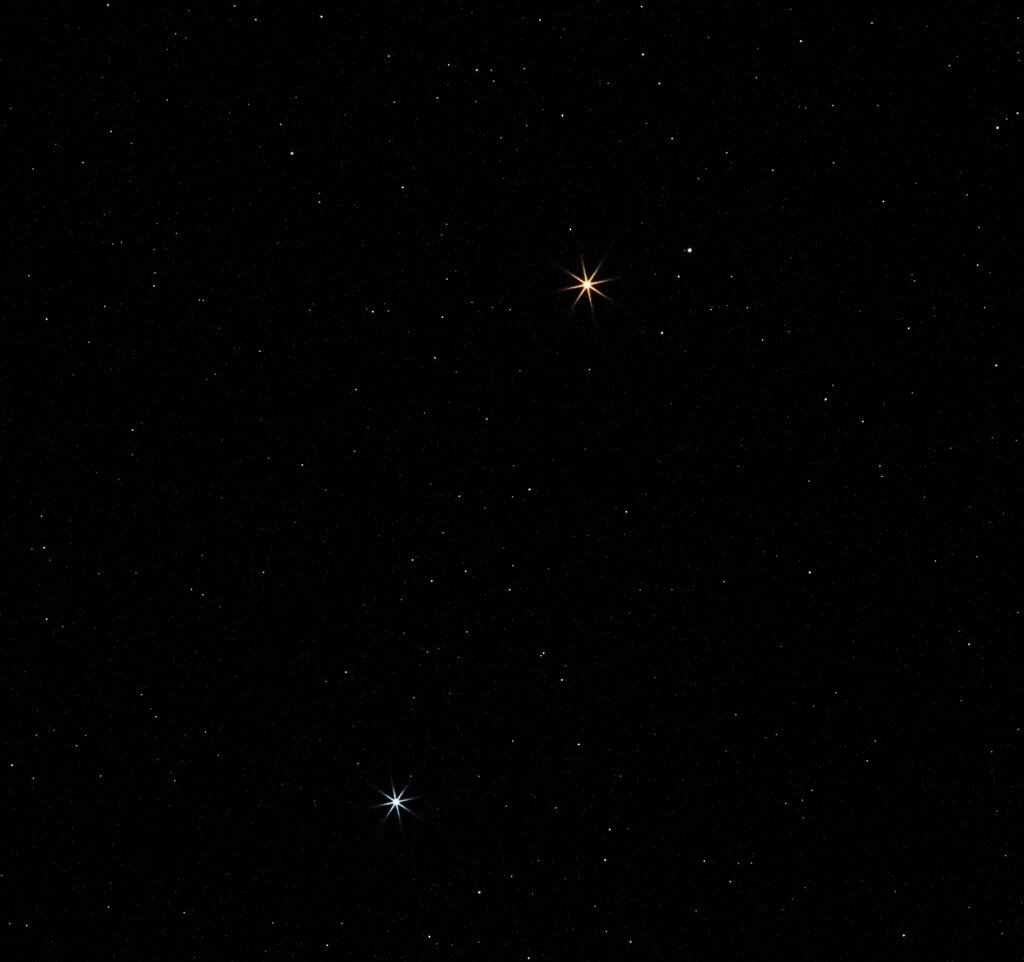
Virgo is the largest zodiac constellation and the second-largest constellation in the whole sky, after Hydra. The constellation Virgo covers 1,294 square degrees of the sky. Despite its enormous size, Virgo is anchored by Spica, a brilliant blue giant that ranks as one of the brightest stars visible from Earth. This stellar powerhouse actually consists of two stars orbiting each other so closely they appear as one magnificent beacon.
Virgo is home to the Virgo Supercluster, so it’s packed with galaxies! Messier 87 is a giant elliptical galaxy that dominates the Virgo–Coma galaxy cluster. For astronomy enthusiasts, Virgo represents a gateway to the universe beyond our own galaxy. The constellation contains thousands of galaxies, many visible through modest telescopes, making it a treasure trove for deep-sky observers. Its spring visibility coincides perfectly with the best galaxy-hunting season.
Gemini: The Celestial Twins’ Bright Partnership
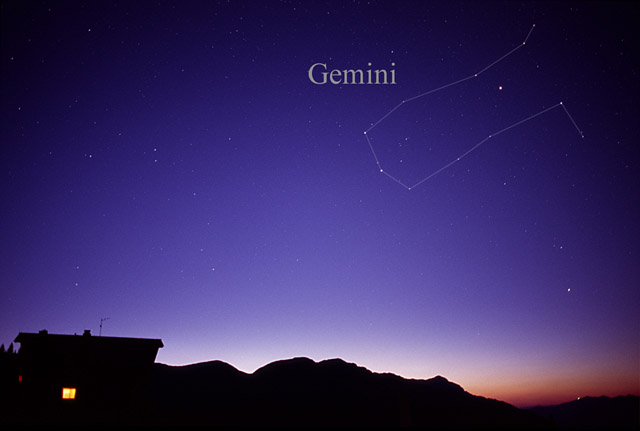
The constellation Gemini showcases one of the most beautiful stellar partnerships in the night sky through its twin stars Castor and Pollux. Pollux in Gemini, the 17th brightest of all stars, and Regulus in Leo, which comes in 21st overall. These two bright stars create the heads of the mythical twins, while their bodies extend downward in parallel lines of fainter stars, creating a distinctive rectangular pattern.
What makes Gemini particularly fascinating is the contrast between its twin stars. Pollux glows with a warm orange light, while Castor shines with a cooler blue-white radiance. To keen observers, Castor reveals itself as a complex multiple star system, actually consisting of six individual stars orbiting each other. The constellation also hosts the beautiful open star cluster M35, visible to the naked eye as a hazy patch and spectacular through binoculars.
Sagittarius: Gateway to the Galactic Core
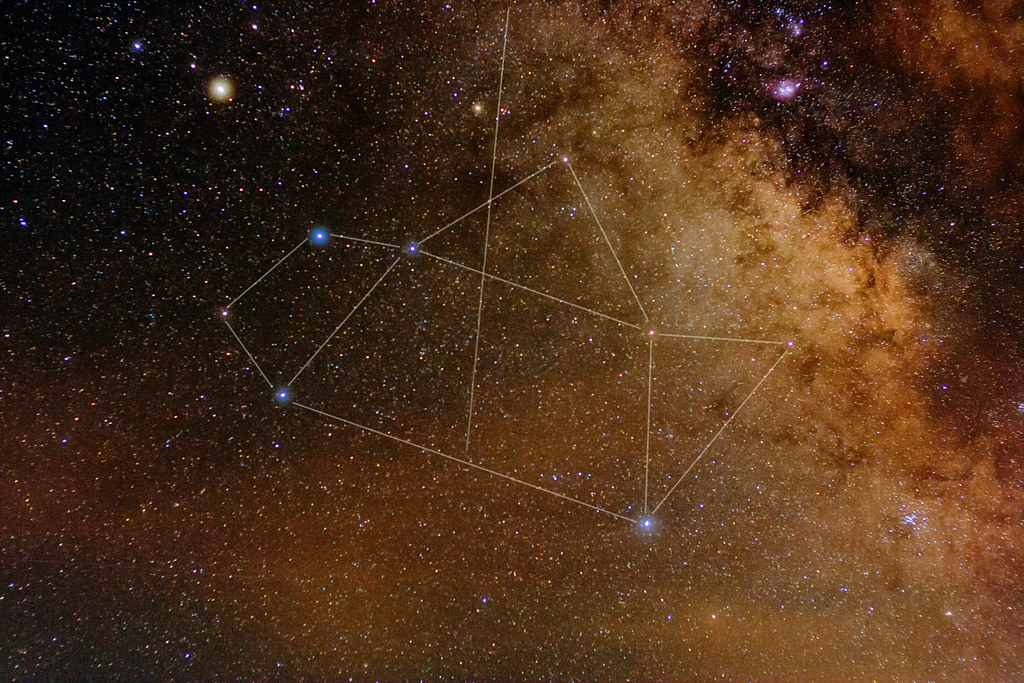
The only neighbouring constellation that is easy to recognise and can be used to find Scorpius is Sagittarius. Sagittarius includes the teapot asterism which is well known for its close proximity to the core of the Milky Way. This distinctive teapot shape makes Sagittarius one of the most recognizable zodiac constellations, and its location toward the center of our galaxy creates breathtaking views for stargazers.
The constellation serves as our window to the most spectacular region of the Milky Way. When you look at Sagittarius, you’re peering toward the supermassive black hole at our galaxy’s heart, though dust clouds obscure the direct view. The region is packed with star-forming nebulae, globular clusters, and stellar nurseries that create a magnificent tapestry of cosmic light. Summer observers in the Southern Hemisphere get the best views, where Sagittarius appears high overhead surrounded by the galaxy’s brilliant star clouds.
Orion: The Winter Guardian (Though Not Technically Zodiacal)
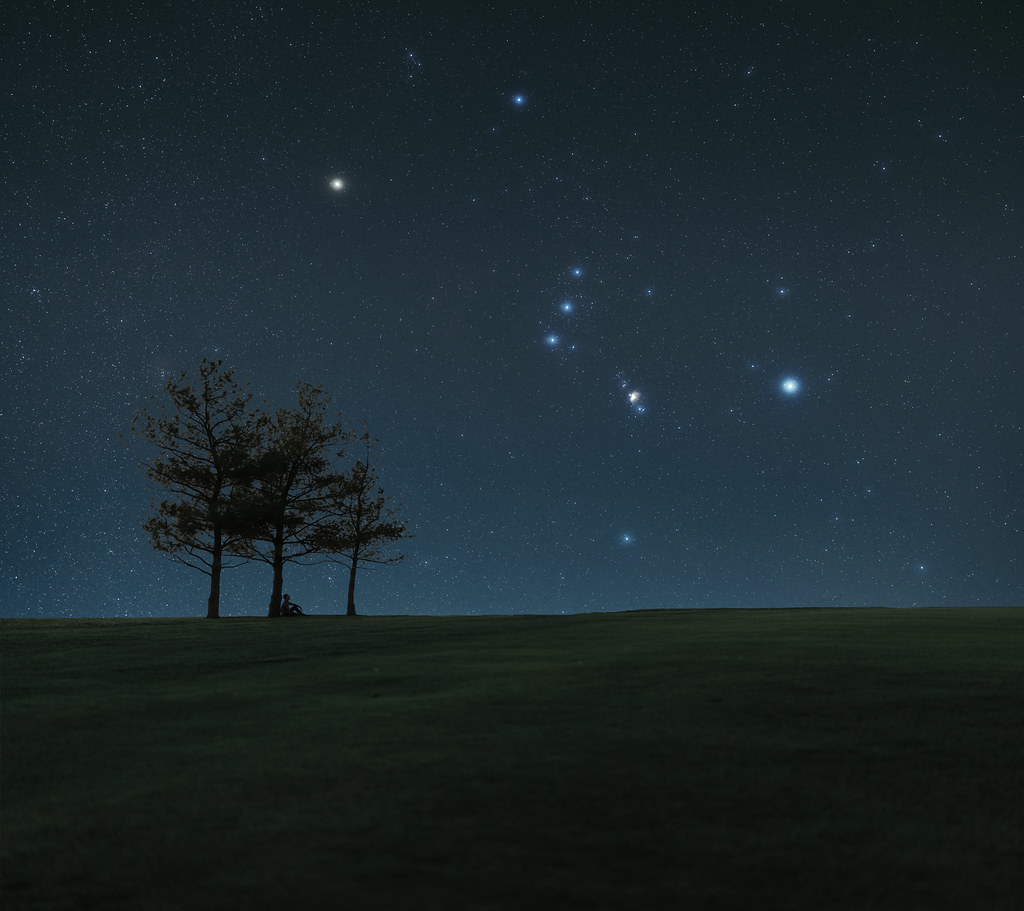
While Orion doesn’t technically belong to the zodiac family, its relationship with the zodiacal constellations makes it indispensable for night sky navigation. Going in the opposite direction, Orion’s Belt points to Sirius in Canis Major the Greater Dog – sometimes called the Dog Star – brightest star in the nighttime sky. The three distinctive belt stars serve as a cosmic pointer, guiding observers to both Aldebaran in Taurus and Sirius, the brightest star we can see.
First, find the three stars that comprise Orion’s belt, then draw a line sweeping upwards to lock on to the brightest star of its neighbor Taurus Aldebaran – a bright red star often called the “eye of the bull” due to its position within the constellation. This celestial relationship makes Orion the perfect starting point for exploring the zodiacal constellations during winter months. The mighty hunter’s position opposite Scorpius in the sky creates a seasonal rhythm that ancient cultures used to mark the passage of time.
Aquarius: The Faint Water Bearer
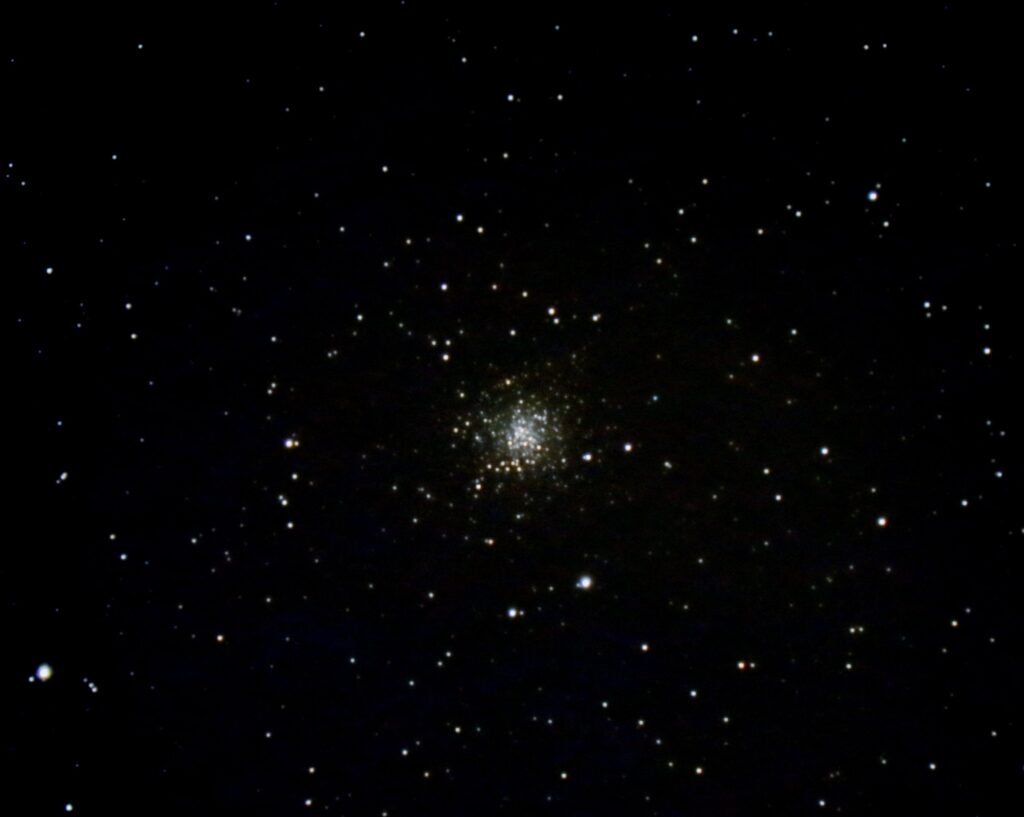
The relatively faint stars of the zodiac constellations Capricornus and Aquarius appear in the region between the Great Square, the constellation Aquila (the Eagle), and Piscis Austrinus. Aquarius presents a challenge for stargazers, as it lacks any truly bright stars to mark its boundaries. The constellation’s main feature is the Water Jar asterism, a distinctive Y-shaped pattern that represents the urn from which the water bearer pours celestial waters.
Despite its faintness, Aquarius holds significance as the radiant point for several meteor showers throughout the year. The constellation’s position along the ecliptic means planets frequently pass through its borders, occasionally creating stunning conjunctions that make this otherwise subtle star pattern worth seeking out. Patient observers can trace the flowing stream of faint stars that represents water pouring from the jar toward the bright star Fomalhaut in the southern sky.
Cancer: The Hidden Crab
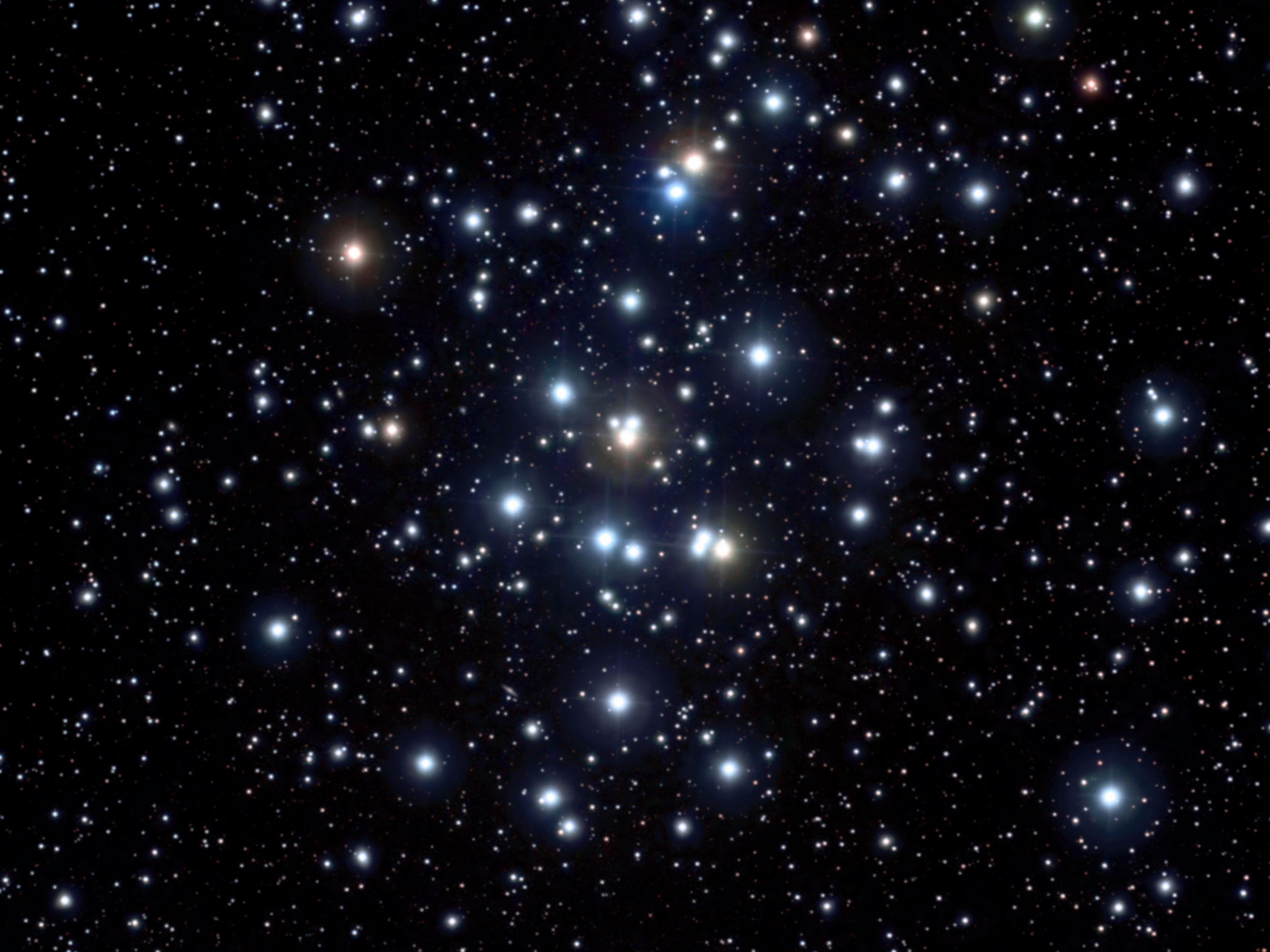
It is a dim constellation with only two stars above mag. +4. The brightest is the orange giant Tarf, a mag. +3.5 binary star. Cancer might be the zodiac’s most challenging constellation to spot with its dim stars forming an upside-down Y shape. However, this humble crab harbors one of the night sky’s most beautiful treasures: the Beehive Cluster.
The highlight of this constellation is Messier 44, the Beehive Cluster, also known as Praesepe – meaning ‘manger’. It contains around 1,000 stars spread across 1.5°, making it a stunning binocular object. This massive stellar swarm appears as a hazy cloud to the naked eye but explodes into hundreds of individual stars when viewed through even the smallest optical aid. Ancient observers called it the “manger” because it lies between two stars they named “the asses” – a fitting home for celestial animals.
The Ecliptic Connection: Why These Stars Matter
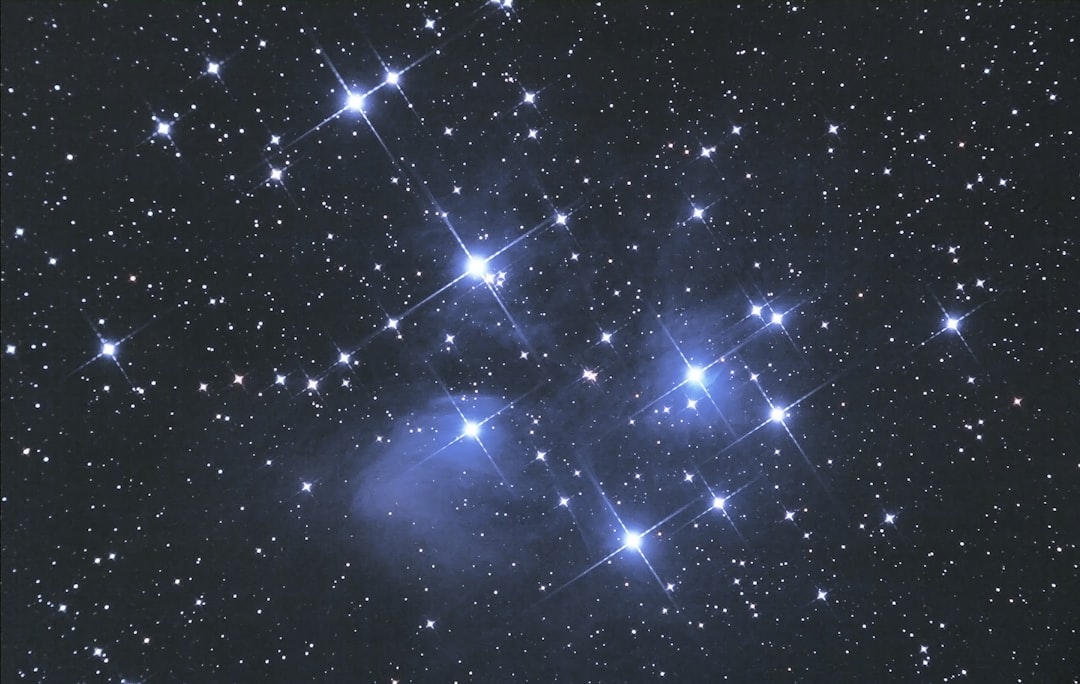
The zodiac is a belt-shaped region of the sky that extends approximately 8° north and south celestial latitude of the ecliptic – the apparent path of the Sun across the celestial sphere over the course of the year. Within this zodiac belt appear the Moon and the brightest planets, along their orbital planes. This fundamental astronomical relationship explains why zodiac constellations hold such importance for both scientific observation and cultural significance.
And that’s the reason that, when we look out into our night sky, we don’t see the planets in random places in the sky. Instead, we see them along a single line across the sky – the ecliptic – or sun’s path. When Mars approaches Antares in Scorpius, or Venus passes through the Pleiades in Taurus, these encounters create some of the most spectacular celestial events visible to casual observers. The zodiacal path serves as a highway for all major solar system objects, making these constellations the stage for our cosmic neighborhood’s ongoing drama.
Understanding opens up a deeper appreciation for our place in the universe. These stellar patterns have guided human civilization for thousands of years, serving as calendars, navigation aids, and sources of wonder. Whether you’re drawn to the brilliant stars of Scorpius on a summer evening, the majestic lion of Leo in spring, or the bull’s glowing eye in winter, each zodiacal constellation offers its own unique connection to the cosmic dance above. Next time you step outside on a clear night, remember that you’re looking at the same stellar patterns that have inspired countless generations before us.
What draws you most to the night sky? Tell us in the comments which zodiac constellation you find most captivating.

Hi, I’m Andrew, and I come from India. Experienced content specialist with a passion for writing. My forte includes health and wellness, Travel, Animals, and Nature. A nature nomad, I am obsessed with mountains and love high-altitude trekking. I have been on several Himalayan treks in India including the Everest Base Camp in Nepal, a profound experience.




